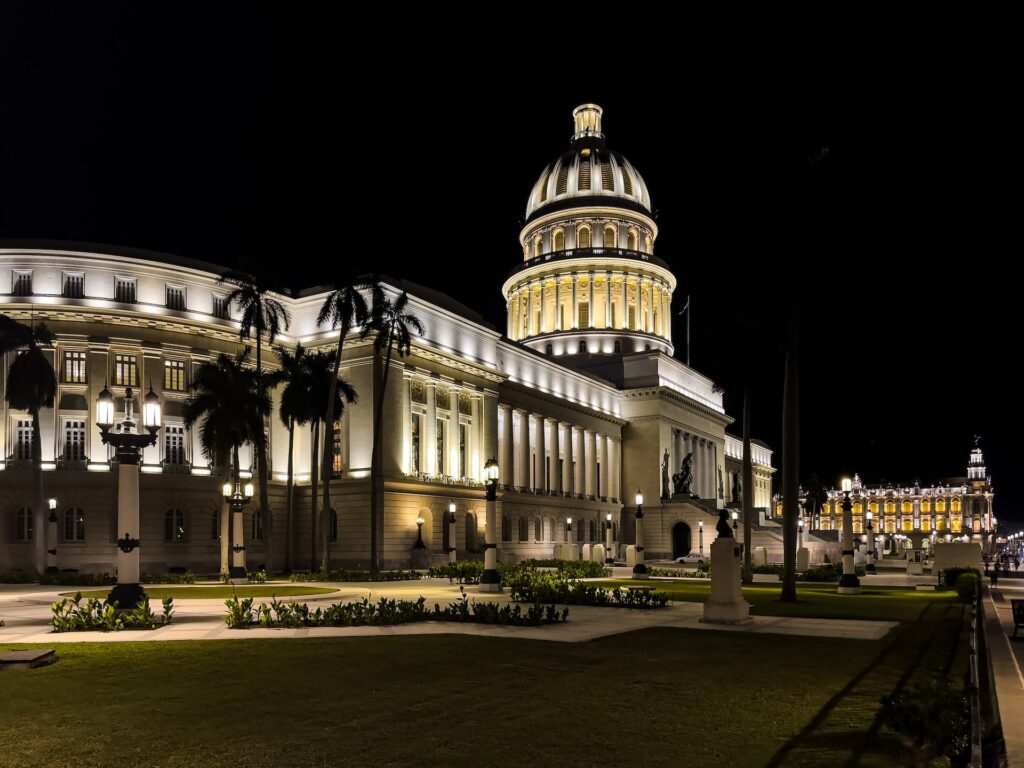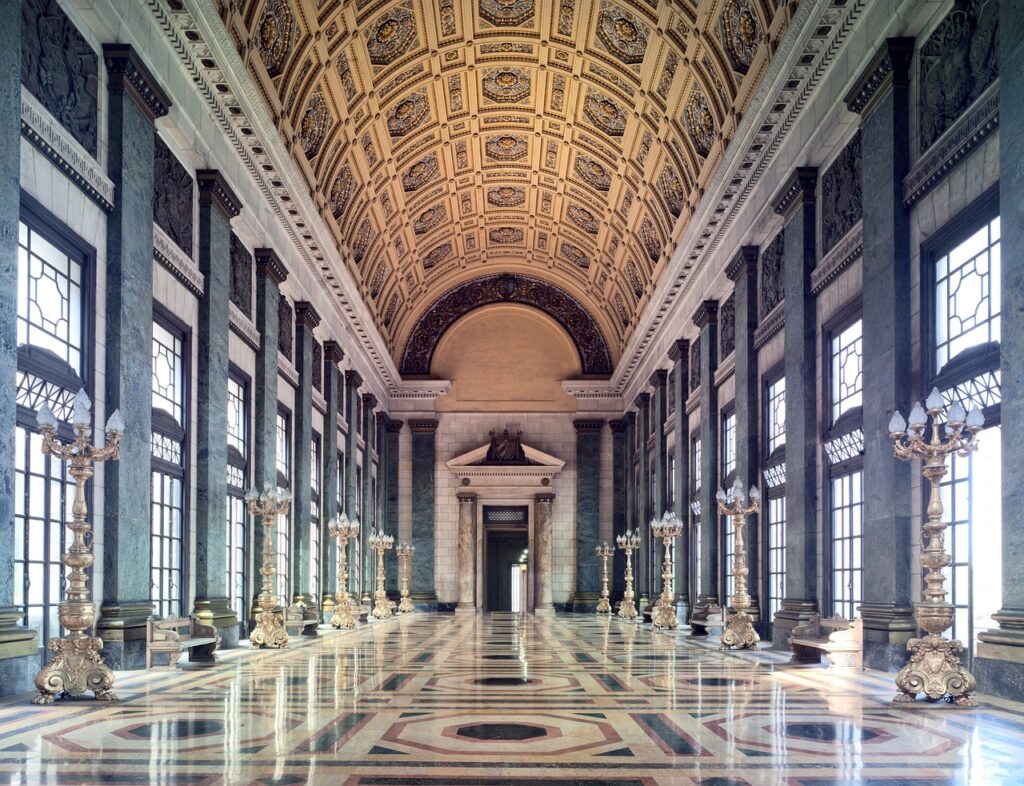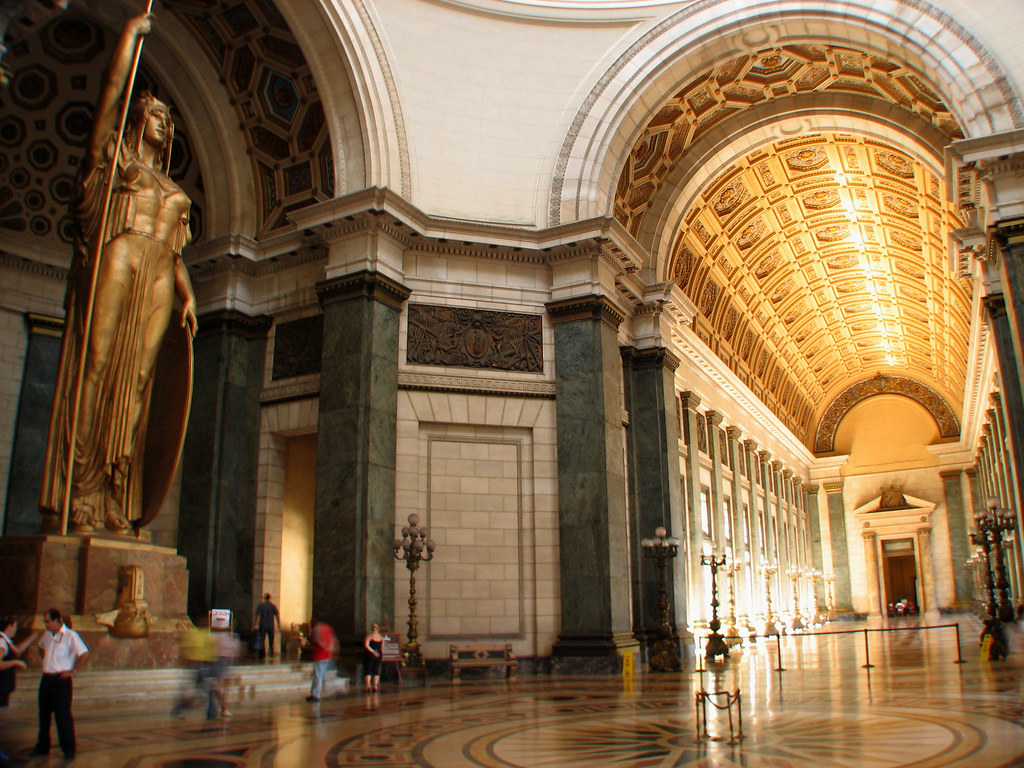Havana, Cuba, a city steeped in history and culture, boasts many architectural marvels. But none capture the imagination quite like the Capitolio Nacional, or Havana Capitol Building. This majestic structure, often simply called “El Capitolio,” stands as a testament to Cuba’s past, a symbol of its ambition, and a captivating attraction for visitors. This article delves into the secrets and fascinating details surrounding this iconic landmark.

Historical Background
The construction of El Capitolio began in April 1926, during the presidency of Gerardo Machado. The building’s creation was a product of Cuba’s post-World War I economic boom, fuelled by the lucrative sugar trade. Machado, seeking to project an image of national progress and modernization, commissioned the impressive building, intending it to rival the grandeur of the United States Capitol. However, while often compared to the US Capitol, El Capitolio’s design is actually more closely related to the Panthéon in Paris.

The project, which involved over 5,000 workers, took three years, three months, and 20 days to complete, costing a staggering US$17 million at the time. Upon its completion in 1929, El Capitolio became the tallest building in Havana, a symbol of the city’s burgeoning power and influence. It served as the seat of the Cuban Congress until 1959, when the Congress was abolished following the Cuban Revolution.
Architectural Features
El Capitolio’s neoclassical design is breathtaking. Its imposing white Capellanía limestone and block granite facade is adorned with intricate carvings and sculptures. The building’s entrance is marked by six rounded Doric columns atop a sweeping staircase leading from Paseo de Martí (Prado). Two giant statues, El Trabajo (Work) and La Virtud Tutelar (Guardian Virtue), crafted by Italian sculptor Angelo Zanelli, stand guard at the entrance.

Inside, the breathtaking grandeur continues. The Salón de los Pasos Perdidos (Hall of Lost Steps), named for its unusual acoustics, houses the magnificent 17.6-meter-tall bronze statue of La República, covered in gold leaf and weighing 30 tonnes. This statue, also sculpted by Zanelli, is the third-largest indoor statue in the world, a true testament to the scale of ambition behind the building’s creation. The dome, topped with a replica of Giambologna’s bronze statue of Mercury, further enhances the building’s majestic appearance. A replica of a 24-carat diamond is set into the floor directly beneath the dome, serving as a reference point for calculating highway distances across Cuba.
Renovation and Restoration
After the Cuban Revolution, El Capitolio fell into disrepair. However, a massive restoration project, completed in 2019, meticulously returned the building to its former glory. The restoration, overseen by the Office of the Historian of Havana, was a monumental undertaking, requiring years of painstaking work to restore the building’s intricate details and original splendor. The reopening in time for Havana’s 500th anniversary marked a significant event for the city.
Cultural Significance
El Capitolio’s cultural significance extends far beyond its architectural beauty. It stands as a powerful symbol of Cuba’s history, reflecting both its periods of prosperity and subsequent challenges. The building’s history is interwoven with the country’s political and social transformations, making it a site of immense historical and cultural importance for Cubans. Today, it serves as a reminder of a bygone era and a symbol of national pride.
Visiting the Havana Capitol Building
Guided tours of El Capitolio are available, offering visitors a chance to explore the building’s opulent interiors, including the Salón de los Pasos Perdidos and the former chamber of representatives. The tour provides insights into the building’s history, architecture, and cultural significance. Visiting El Capitolio is a must for anyone exploring Havana, offering a unique opportunity to experience a piece of Cuban history and admire its stunning architecture. Remember to check the official website for updated visiting hours and ticket information.
Conclusion
Havana’s Capitol Building is more than just a building; it’s a captivating story woven into the fabric of Cuban history and culture. Its architectural grandeur, historical significance, and recent restoration ensure its place as one of Havana’s most iconic landmarks and a must-see destination for any visitor to the city.
FAQ
Q: How much does it cost to enter the Havana Capitol Building?
A: The cost of entry varies; it’s advisable to check the official website or inquire at the site for the most up-to-date pricing.
Q: Are guided tours available in English?
A: Yes, guided tours are typically available in multiple languages, including English.
Q: How long does a tour of the Havana Capitol Building take?
A: A typical guided tour lasts approximately one to two hours.
Q: Is photography allowed inside the Havana’s Capitol Building?
A: Photography is usually permitted, but it’s recommended to check with your tour guide for specific restrictions.
Q: What are the opening hours of the Capitol Building?
A: Opening hours can vary, so always check the official website or contact the building directly before your visit.
Q: Is the Havana Capitol Building accessible to wheelchair users?
A: Accessibility varies; it is advisable to contact the building in advance to confirm accessibility features and arrangements.

